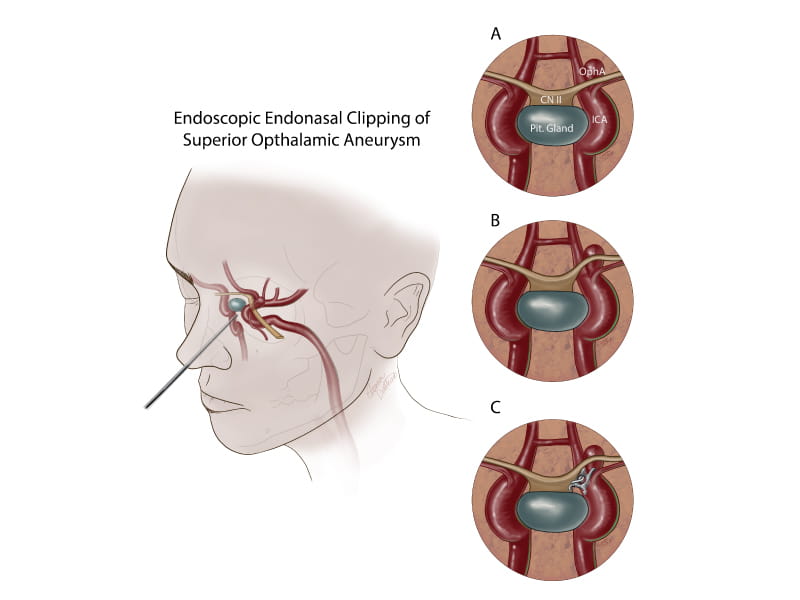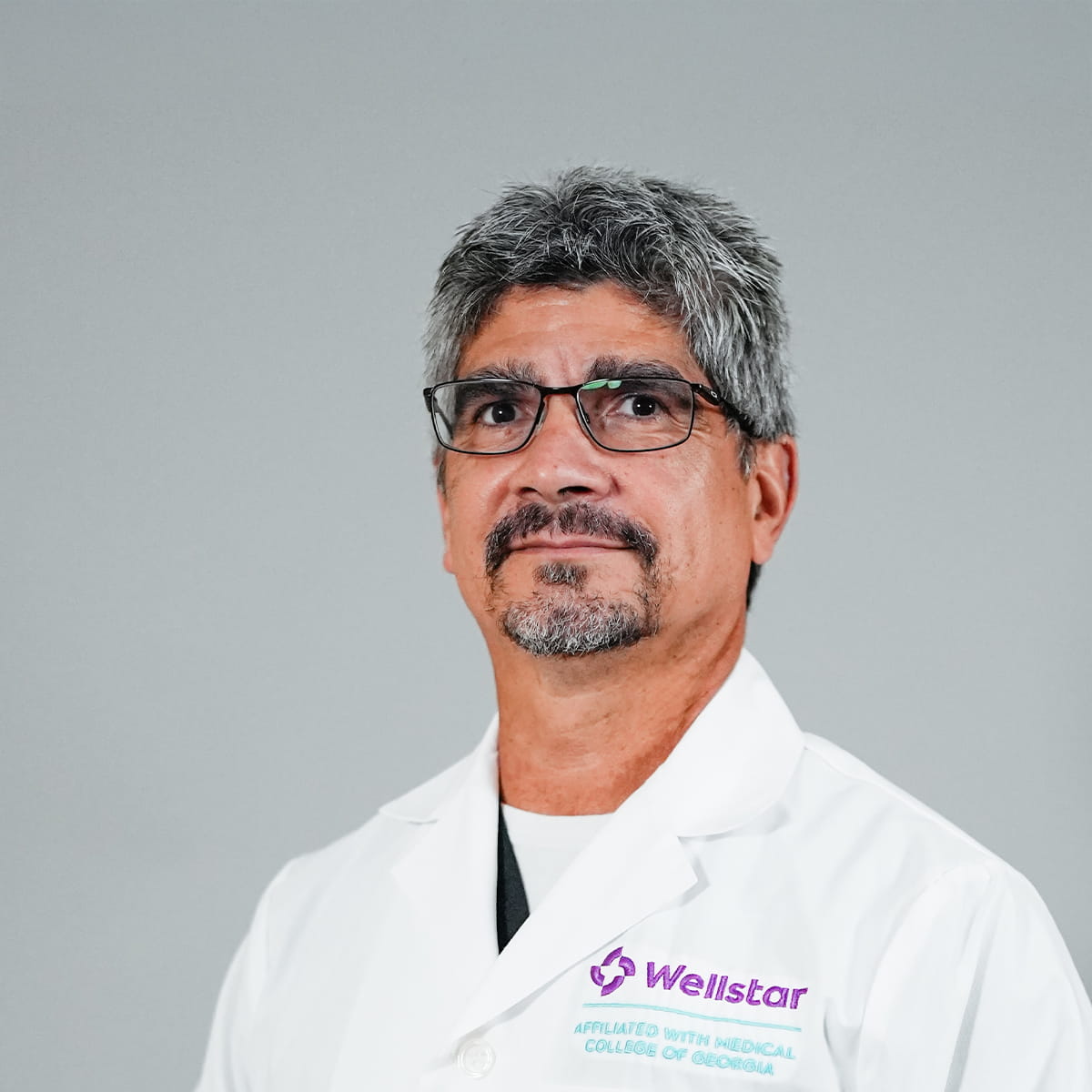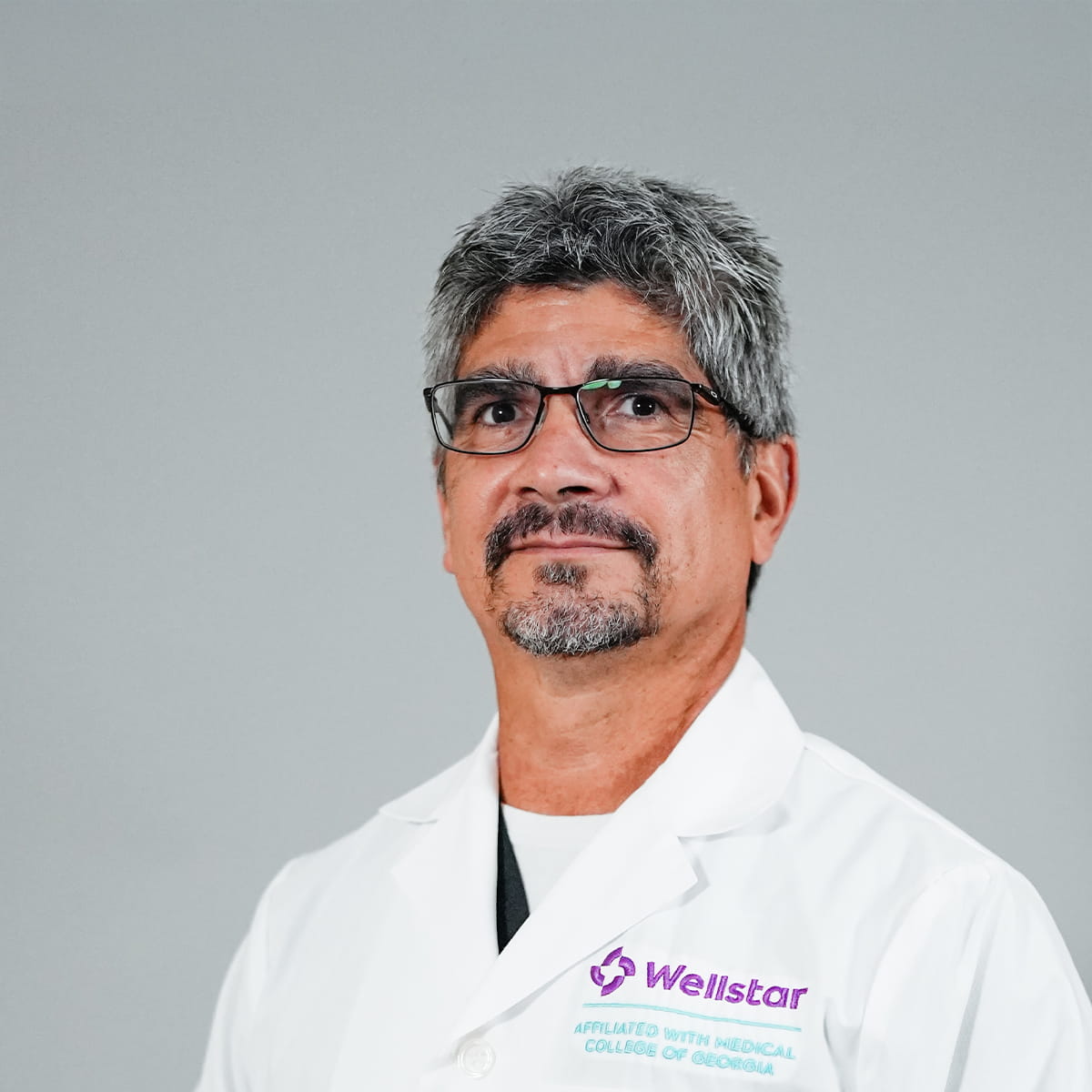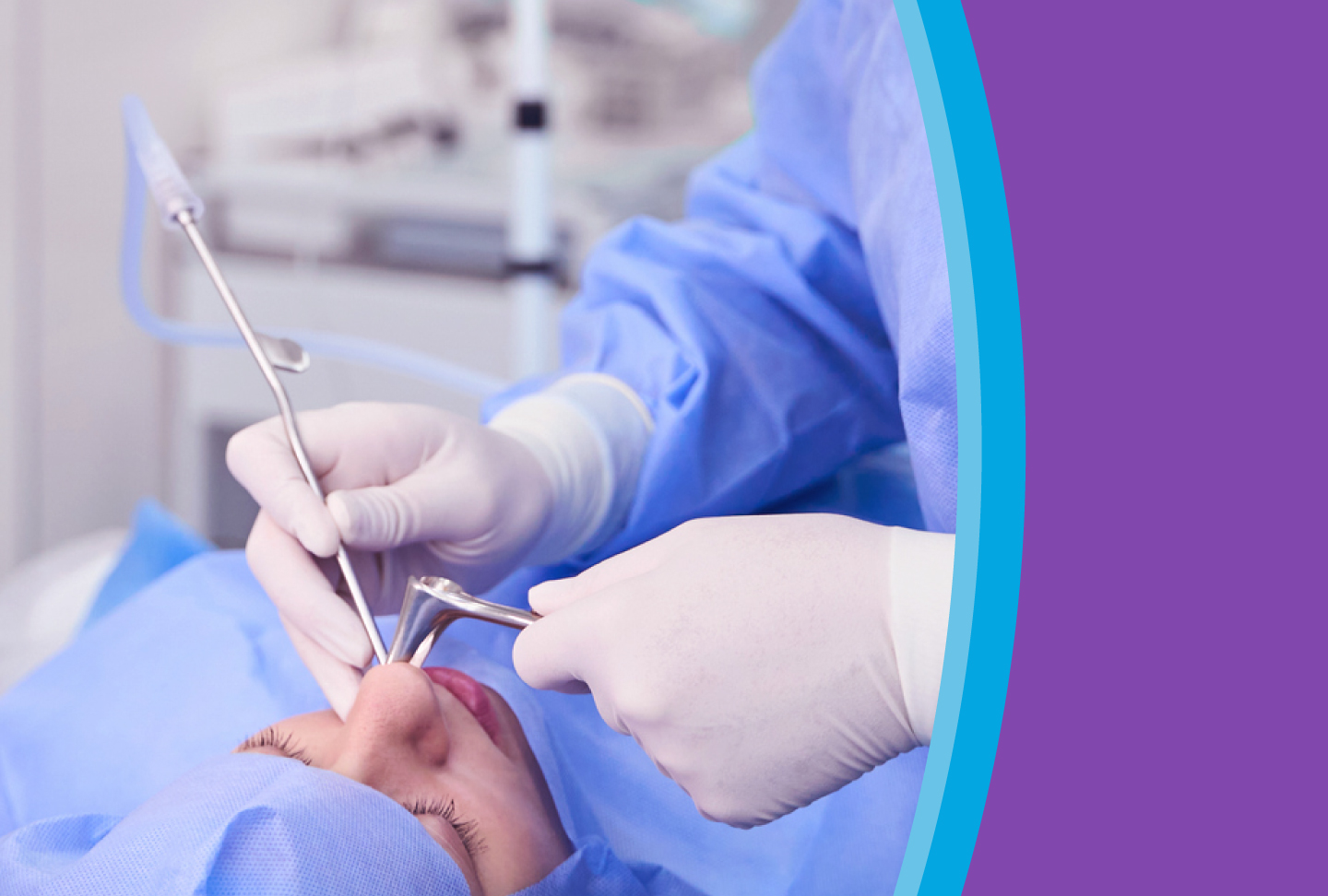Wellstar MCG Health achieves medical first: Procedure offers hope for aneurysm patients
Neurosurgeons at Wellstar MCG Health Medical Center achieved a new surgical approach to treat an aneurysm behind the eye. It’s called endoscopic endonasal clipping of a superior ophthalmic aneurysm. The procedure for an aneurysm in this location is believed to be the first of its kind performed through the nose. This innovative technique offers a promising alternative for patients with complex aneurysms, particularly younger individuals.
 Dr. M. Salman Ali, director of Skull Base, Pituitary and Surgical Neuro-oncology and assistant professor of Neurosurgery at Augusta University, led the team in this pioneering procedure performed at Wellstar MCG Health. An aneurysm, as Dr. Ali explains, is a “weak spot in a blood vessel in the brain,” prone to rupture, which can be life-threatening. Located near the eye, the superior ophthalmic aneurysm is a rare and challenging condition.
Dr. M. Salman Ali, director of Skull Base, Pituitary and Surgical Neuro-oncology and assistant professor of Neurosurgery at Augusta University, led the team in this pioneering procedure performed at Wellstar MCG Health. An aneurysm, as Dr. Ali explains, is a “weak spot in a blood vessel in the brain,” prone to rupture, which can be life-threatening. Located near the eye, the superior ophthalmic aneurysm is a rare and challenging condition.

Image provided by Augusta University Medical College of Georgia Department of Neurosurgery.
 “MCG Neurosurgery has been here for many years and we have a long tradition of teaching and research,” said Dr. Fernando L. Vale, neurosurgeon and Department of Neurosurgery chair at Augusta University. “We bring teams together, use advanced technology and pay close attention to the complex details for the better outcome of our patients. Working as a team can create better science.”
“MCG Neurosurgery has been here for many years and we have a long tradition of teaching and research,” said Dr. Fernando L. Vale, neurosurgeon and Department of Neurosurgery chair at Augusta University. “We bring teams together, use advanced technology and pay close attention to the complex details for the better outcome of our patients. Working as a team can create better science.”
The best thing for the patient
Traditionally, superior ophthalmic aneurysms were treated with open brain surgery and significant brain tissue manipulation. While endovascular techniques with the use of stents—tubes that support weak artery walls—are now more common, they carry a recurrence risk and require lifelong medication.
This was a concern for Dr. Ali, whose patient was only 36 years old. Thus, he and his team proposed clipping the aneurysm through the nasal cavity instead. This minimally invasive technique offered a treatment with no incisions or brain tissue manipulation, a significantly lower recurrence rate and no need for long-term medication.
"I thought it was the best thing for the patient," Dr. Ali emphasized, explaining his decision to pursue this approach.
The procedure required a multidisciplinary team including ENT surgeons, interventional vascular surgeons, neuro-anesthesiologists and neuromonitoring specialists—and a carefully executed surgical plan.
“This could not have been possible without this wonderful team,” Dr. Ali said.
The patient, who found out about her aneurysm from routine imaging after a car accident, was discharged only two days after the surgery and is recovering well. Dr. Ali stressed the importance of offering patients options and empowering them to make informed decisions.
"This prioritizes the patient and surgical excellence,” he continued.
Dr. Ali hopes this procedure will become a treatment option for people with hard-to-reach aneurysms in the future, offering them a better quality of life.
Academic hospital paves way for doctors of the future
This achievement not only benefits patients but also serves as a valuable learning experience for medical residents and fellows who were in the operating room that day.
“Seeing is believing,” Dr. Ali said, highlighting the importance of academic medicine in advancing surgical techniques. “When students see someone else do it, why can’t they do it? It’s our duty to be better than the surgeons before us. The students now have more technology and better anatomical understanding—their outcomes will be even better than ours.”
Learn more about neurosurgery at Wellstar MCG Health Medical Center.


